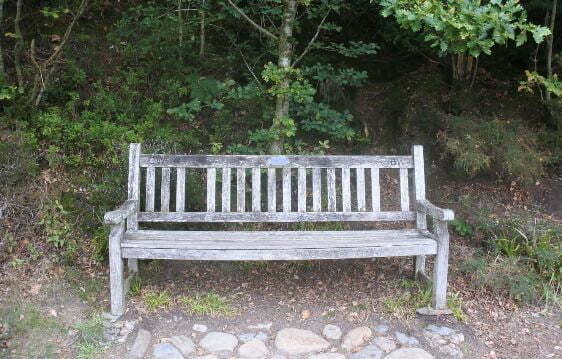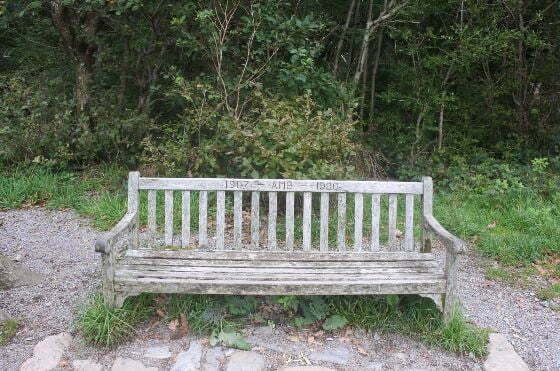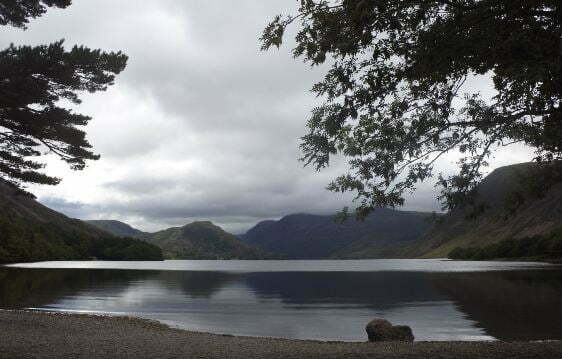
So it was that I was walking along a woodland path, beside a lake, on a beautiful early autumn day when all of the world had decided to be elsewhere. A gap in the trees appeared, offering a fine view over the water – and there was a bench. It had someone’s name upon, carved into the wood, commemorating the favoured spot of someone who loved to stop still and look out from here, just as I was now able to do. I had been thinking of many things, but discarded those thoughts, and instead contemplated benches.
Go for a walk through any publicly-maintained green area, or seaside promenade, or lake, and you will come across benches. Often they have been placed in optimum viewing spots, at just the place where the stroller might want to rest and look out upon the restful beauty before them. Many, however, are memorial benches, which bear the name of someone departed. The plaque will usually give their name and dates. Some add a message, noting how much this place or this view meant to the subject of the memorial. So you sit there, and you feel that you are sitting with them, or almost that you have become them for a while. You share in the same view, are rewarded with the same feeling of rest.
Of course, logically speaking, this shared experience cannot be exactly so. The bench was not positioned there until after the subject had died. It is where they would have sat, or as near as the local council will have permitted. There is clearly strong competition to have such bench placed in favoured space. Look at the websites of town and county councils and you will find many with guidelines on how to apply for such a bench, with the aim of managing their positioning, style, legend and care. There’s a cost, of course – the going rate seems to be around £1,000, though in some case it is for a period only – say ten years, with an option to renew.
There’s a lot of similarity between gravestones and the wall plaques you see in older churches. These were all paid for, with the more the family chipped out the nearer to God they might end up to be. But the money doesn’t matter. Nor do the names, really. Though we can look on a gravestone, or a bench, and see a name, and maybe a few words that emphasise the values of the person commemorated, that is not what is significant. Those few words are not enough to pinpoint a someone, but they are enough to signify anyone. That bench is ours.

So, on the northern bank of Crummock Water, in the Lake District, I sat upon a bench dedicated to A.M.B. They were born in 1907 and died in 1980. That is all we are told, and I like that. Some will know who A.M.B. was, though one day perhaps no one will do so, yet the bench will remain. The bench allows for both a specific and a general memory.
Memory is the right word. Sitting on A.M.B.’s bench I remembered them, though I never knew them. I sensed the same feeling, of time stood still, enraptured by the view. I had been there, back then, looking out and sensing everything fall away except the view. I was A.M.B., or A.M.B. was me, or A.M.B. was anyone passing by, whenever, who sat down and paused a while to take in our view.
There is an intimation of immortality about it, as a Lake poet once noted. Unlike a gravestone, it does not look beyond, but back. It finds an eternity in things recollected, and whose recollections they are does not greatly matter. That anyone can sit and share in this is a beautiful thing.
